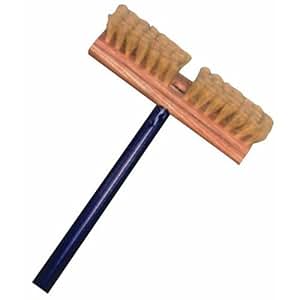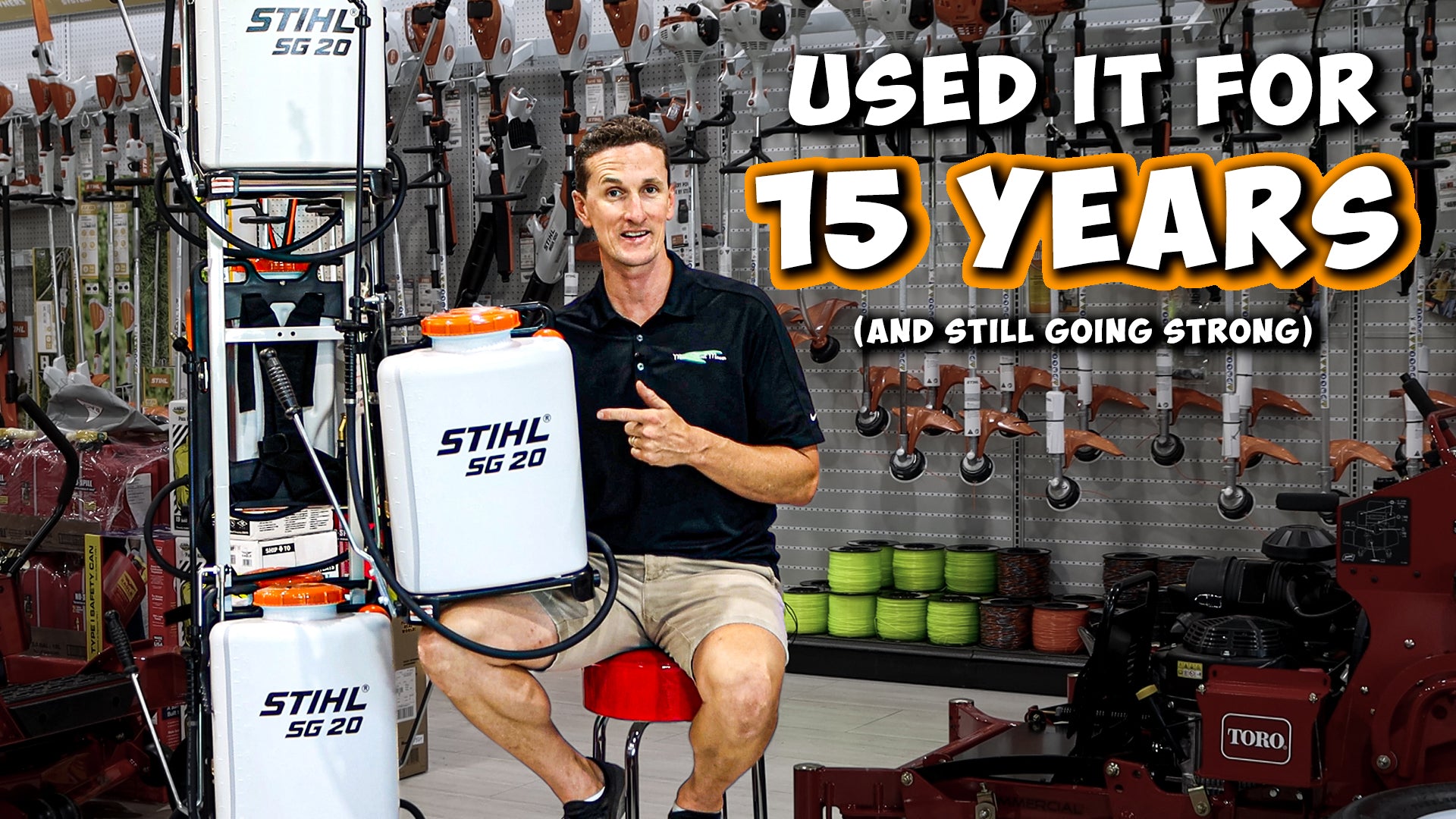Beyond the Bristles: 5 Surprising Facts About Outdoor Floor Scrub Brushes

You might think an outdoor floor scrub brush is a simple tool, just something you grab to scrub your patio or driveway. But beneath the surface of those sturdy bristles lies a world of surprising features and considerations that can significantly impact your cleaning experience. We’re diving deep into five things you probably didn’t know about these unsung heroes of outdoor cleaning.
1. The Unsung Importance of Torque: It’s Not Just About Power

When you’re facing stubborn grime on your patio or a greasy driveway, raw power isn’t everything. Think of it like this: you can have a powerful engine, but if it can’t deliver that power consistently and smoothly to the scrub brush, you’ll be struggling. That’s where torque comes in. Torque is the twisting force that an engine produces, and in a floor scrub brush, it’s crucial for consistent scrubbing action, especially against tough stains. High torque means the brush head will maintain its speed and pressure even when encountering resistance, like embedded dirt or dried-on spills. A low-torque machine, on the other hand, might stall or struggle to keep up, leaving you frustrated and with a half-cleaned surface.
Look for scrub brushes with specified torque ratings. Higher torque numbers usually translate to better performance on tougher jobs. Don’t just focus on the horsepower; the torque rating tells a more complete story about the machine’s ability to handle the workload.
2. Engine Options: Gas vs. Electric – The Great Debate
Just like with any power tool, you’ll find outdoor floor scrub brushes offered with gas or electric engines. The choice depends entirely on your needs and priorities.
Gas-powered scrub brushes typically offer more power and are better suited for large areas or incredibly tough cleaning tasks. They’re generally more robust and can withstand prolonged, heavy-duty use. However, they require maintenance (oil changes, fuel storage), produce emissions, and can be noisier than their electric counterparts.
Electric scrub brushes are usually quieter, more environmentally friendly, and require less maintenance. They’re ideal for smaller areas and lighter cleaning tasks. However, their power output might be limited compared to gas-powered models, and they can be hampered by cord length restrictions. Consider cordless electric models if mobility is a priority, but be mindful of battery life and charging times.
3. Deciphering Torque and Towing Specs: What Do They Really Mean?

While the term “towing” might seem unusual for a floor scrub brush, it refers to the machine’s ability to pull itself across the surface while scrubbing. This is often tied to the torque. A higher torque rating typically signifies better towing capabilities. A powerful, high-torque brush can more easily move itself across the surface, reducing the physical strain on the user, especially when cleaning large areas.
Manufacturers often specify torque in lb-ft (pound-feet) or Nm (Newton-meters). A higher number indicates more twisting force. When comparing different models, pay close attention to these specifications to understand the machine’s ability to handle various surfaces and cleaning challenges.
4. Head-to-Head: Comparing Top Scrub Brush Brands

The market offers various brands of outdoor floor scrub brushes, each with its strengths and weaknesses. Let’s look at some hypothetical examples (remember to always check current models and reviews for the most up-to-date information):
Brand A: Known for its powerful gas-powered models, Brand A emphasizes high torque and robust construction. However, they might be heavier and noisier than other options. Their high price point reflects their durability and performance.
Brand B: Brand B focuses on lightweight, electric-powered scrub brushes. They offer convenient cordless models with good battery life but might compromise on power compared to Brand A. They are usually more affordable but may require more frequent charging.
Brand C: This brand often strikes a balance, offering both gas and electric models with decent torque and user-friendly features at a mid-range price point. They are a good option for those looking for a compromise between power, price, and convenience.
5. Practical Tips for Getting the Most Out of Your Scrub Brush
Investing in a quality outdoor floor scrub brush is only half the battle; proper use and maintenance are just as important. Here are some practical tips:
- Pre-cleaning is key: Remove loose debris like leaves or large dirt clumps before scrubbing to prevent clogging the brush and damaging the machine.
- Use the right brush head: Different brush heads are designed for various surfaces and types of grime. Choose the appropriate head for optimal cleaning results.
- Overlapping passes: Overlap your cleaning passes to ensure complete coverage and avoid leaving streaks or uncleaned areas.
- Regular maintenance: Regularly inspect and clean the brush head and other components to maintain efficiency and prolong the life of your machine.
- Follow the manufacturer’s instructions: Always refer to your machine’s manual for specific maintenance procedures and safety guidelines.
Choosing the right outdoor floor scrub brush can make a significant difference in your cleaning efficiency and effectiveness. By understanding the nuances of torque, engine options, and maintenance, you can select the perfect tool for your needs and transform your outdoor cleaning from a chore into a more manageable and satisfying task.


